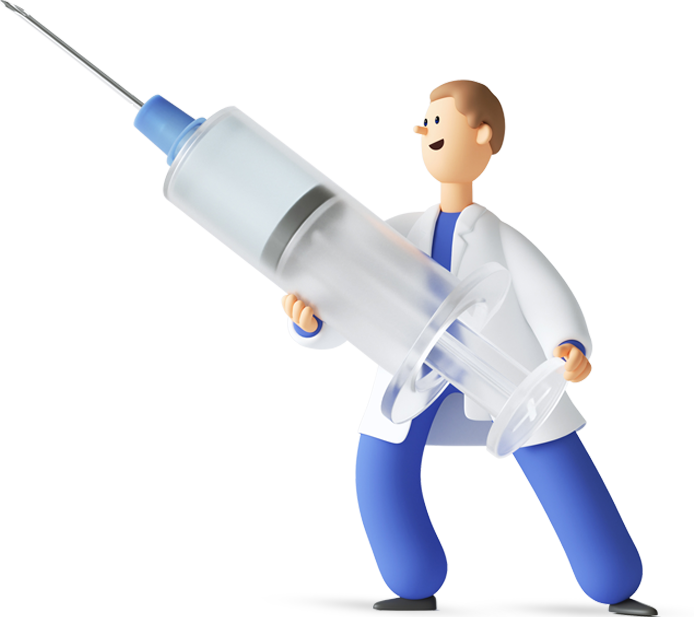Swallowing may seem like an automatic process that requires no thought, but in reality, the way we swallow has a significant impact on oral health, facial development, and the balance of head and neck muscles. Improper swallowing (also called abnormal swallowing or tongue thrust swallowing) is a common pattern that can negatively affect jaw growth, tooth alignment, breathing, and even speech. What Is Improper Swallowing? Improper swallowing is a dysfunctional swallowing pattern in which a person pushes the tongue forward or between the teeth during swallowing instead of directing it upward and backward toward the palate, as in proper swallowing. Common patterns include: Why Does Improper Swallowing Occur? Possible causes include: How Does Improper Swallowing Affect the Face and Mouth? Swallowing is not just an internal motion—it is a muscular act that happens 800 to 2000 times daily! This repetition means that any dysfunction in swallowing creates constant pressure on the bones and muscles of the face and jaws. 1. Malocclusion In proper swallowing, the tongue pushes upward and food moves backward. In improper swallowing, the tongue pushes forward or between the teeth, causing: Imagine the tongue as a strong muscle pressing incorrectly against the teeth hundreds of times daily—this gradually but surely shifts their positions. Source: Association Between Tongue Thrusting Habit And Malocclusion: A Retrospective Study 2. Narrow Palate or Stunted Maxillary Growth During rest and swallowing, a healthy tongue acts as a natural mold for expanding the palate. When the tongue presses against the roof of the mouth (palate), it stimulates the upper jaw to grow laterally (width-wise). In tongue thrust swallowing: The palate grows in part due to the tongue’s presence—if the tongue is absent from its ideal location, growth is halted or misdirected. 3. Altered Facial Appearance (Long Face Syndrome) In chronic mouth breathing or tongue thrusting, the mouth often stays open. This causes: Facial structure is not only genetic—it is shaped by muscle function and pressure distribution. An open-mouth posture disrupts this balance. 4. Speech Difficulties Proper speech requires accurate tongue positioning, especially for sounds like /s/, /t/, /z/. With tongue thrust: It’s like using a tool incorrectly—the tongue should push sound upward and backward, not forward and out. 5. TMJ (Temporomandibular Joint) Disorders Improper swallowing leads to abnormal use of facial muscles: Over time, this stresses the TMJ—the joint that connects the jaw to the skull—causing: A small error in movement, when repeated thousands of times, leads to fatigue in the delicate joints of the face. Source: PubMed / Cleveland Clinic Summary Improper swallowing is not just a bad oral habit—it’s a repetitive muscular pattern that can: Early correction is essential, especially in children, to prevent later need for surgery or complex orthodontic interventions. Source: https://my.clevelandclinic.org/health/diseases/tongue-thrust Teaching Proper Swallowing Basic Myofunctional Therapy Steps: Tongue Rest Position: Proper Swallowing: Supportive Exercises: Correcting Associated Habits: Tips for Therapists and Doctors: Source: Impact of Oral Myofunctional Therapy on Orofacial Growth Conclusion Proper swallowing is more than an oral skill—it’s a key to holistic facial and oral health. Teaching this preventive behavior can reshape jaw development, reduce orthodontic needs, and improve speech and breathing. At the European Dental Center, Dr. Mohannad Al-Kiswani always emphasizes correcting tongue thrust patterns early to avoid major treatments later—knowing that proper swallowing supports long-term oral function and facial harmony. https://eurodentalcenter.com
- Tags:
- European Dental Center









